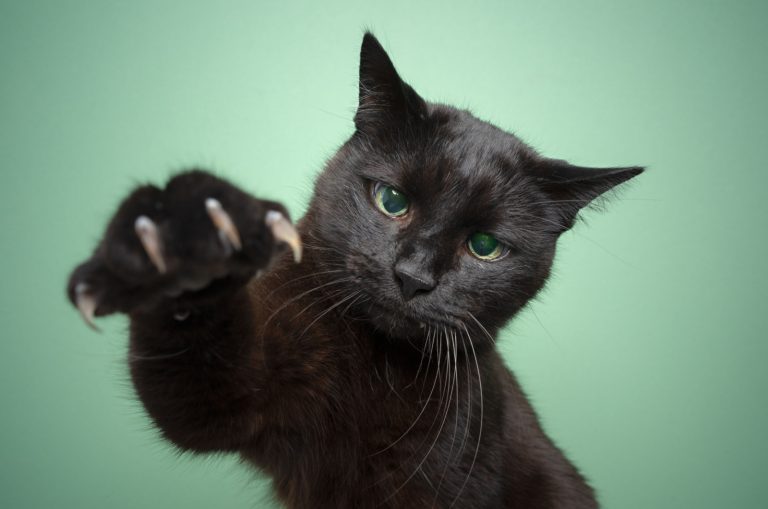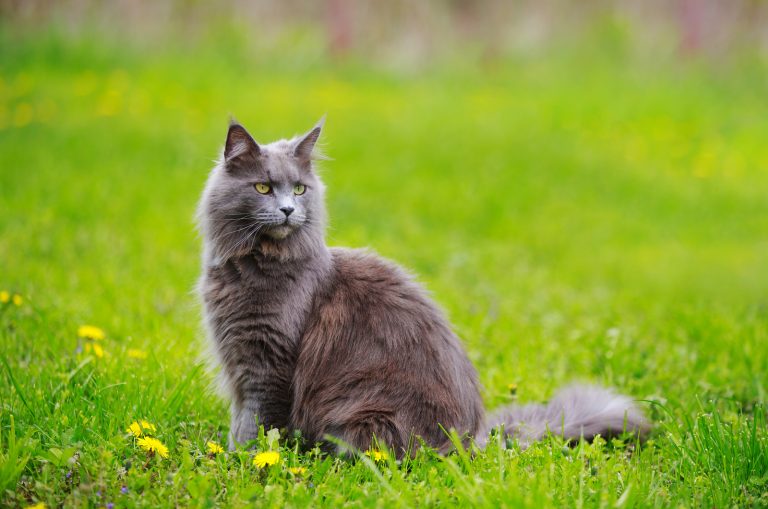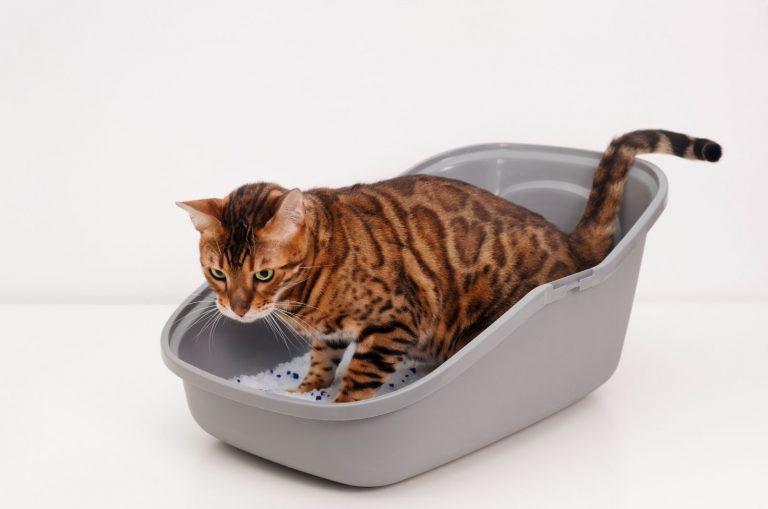California Rehab Center Welcomes Therapy Cats To Comfort Senior Residents
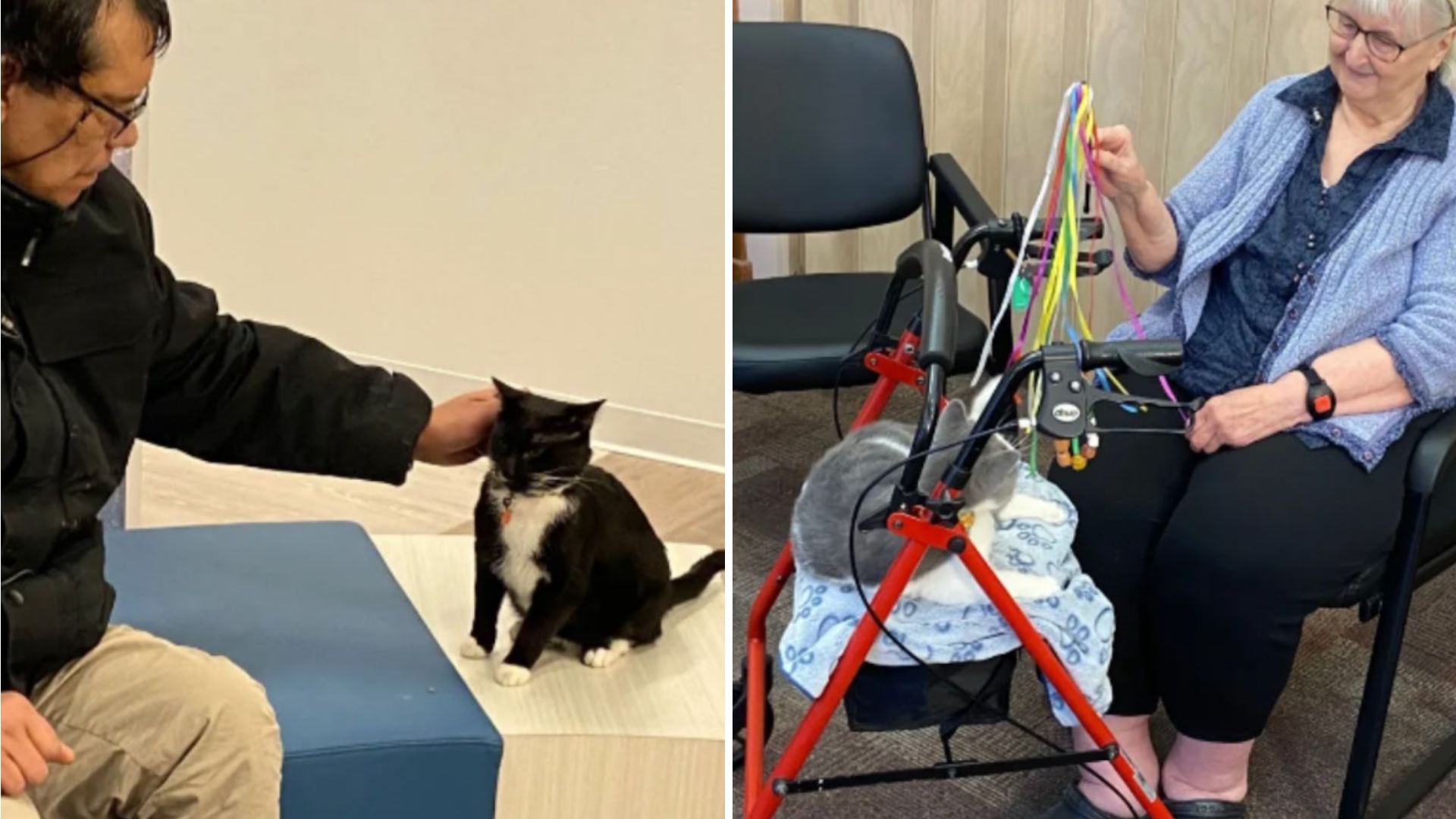
Cats have long been known for their calming presence. Their soft fur, gentle purrs, and quiet companionship can ease stress and bring a sense of peace. For many people, simply having a cat nearby can make even the hardest days a little lighter.
That’s why therapy cats, felines specially chosen for their gentle personalities, are becoming more and more common in places like hospitals, nursing homes, and rehabilitation centers.
Recently, a rehab center in California that operates three different programs introduced four therapy cats: Leroy, Freddie, Wilson, and Dr. Bob. Their arrival has already made a big difference in the lives of the residents.
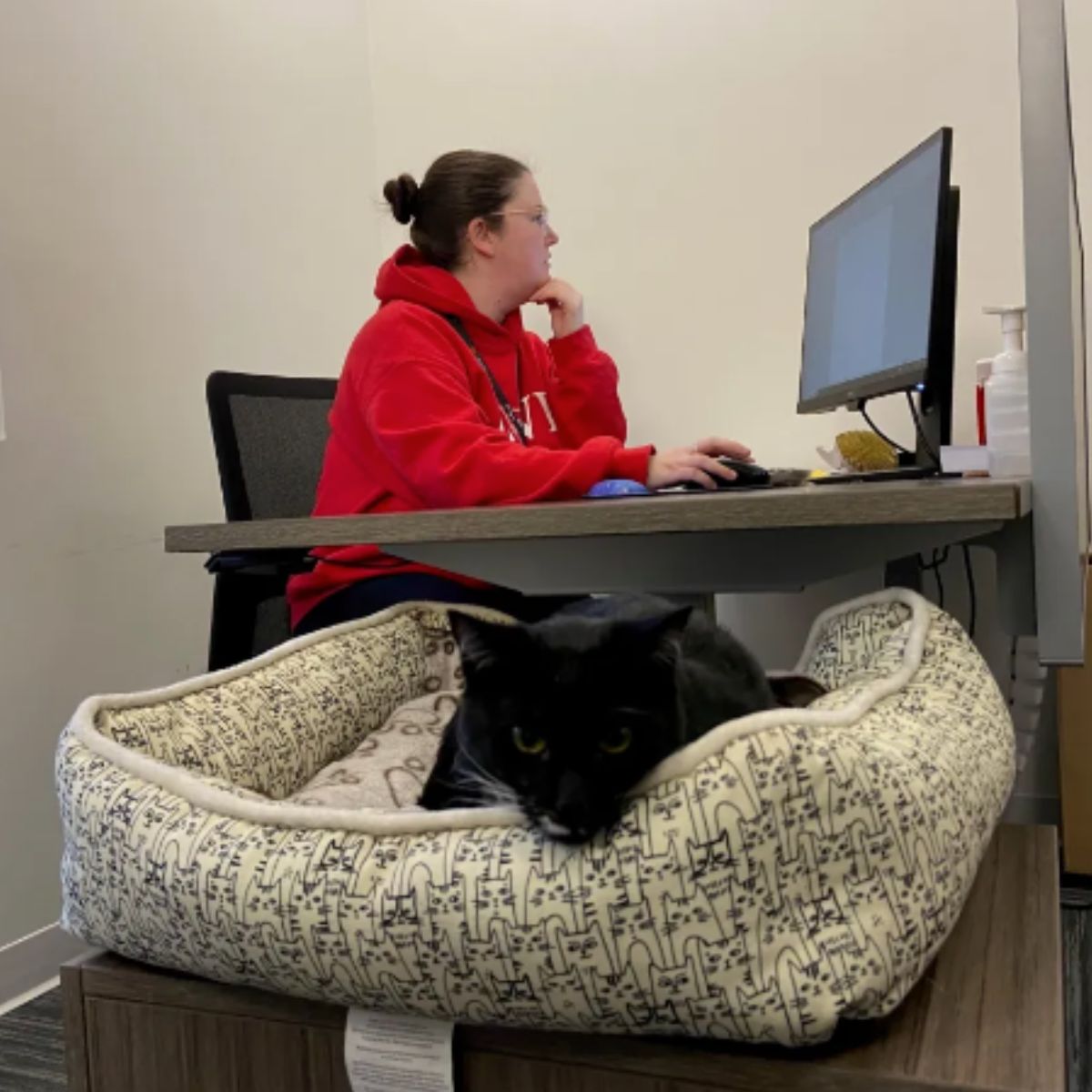
Freddie, a tuxedo cat with a playful streak, was one of the first to make an impression. The staff had noticed how much residents enjoyed visits to cat cafés, and they thought a permanent feline friend could bring that joy into the center every day.
Their hunch was right, Freddie quickly became a favorite among residents.
His energy and charm are impossible to ignore. He happily darts around the room, never too busy to curl up next to someone or play a quick game.
For resident David Russell, Freddie has become a constant source of companionship. David looks forward to spending time with the cat every day, saying Freddie’s outgoing nature brings warmth and laughter into his routine.

Over at the elder care facility, Leroy, a fluffy Persian kitten, has taken on the role of resident comforter. He’s particularly loved by Velvet Andriuk, who grew up with pets and feels an instant bond when she cuddles with Leroy.
But Leroy’s magic doesn’t stop there. Throughout the day, other residents often ask about him, where he is, how he’s doing, and when they’ll see him next.
He’s become a familiar presence, someone to check in on and look forward to during activities. In many ways, Leroy has become part of the family.
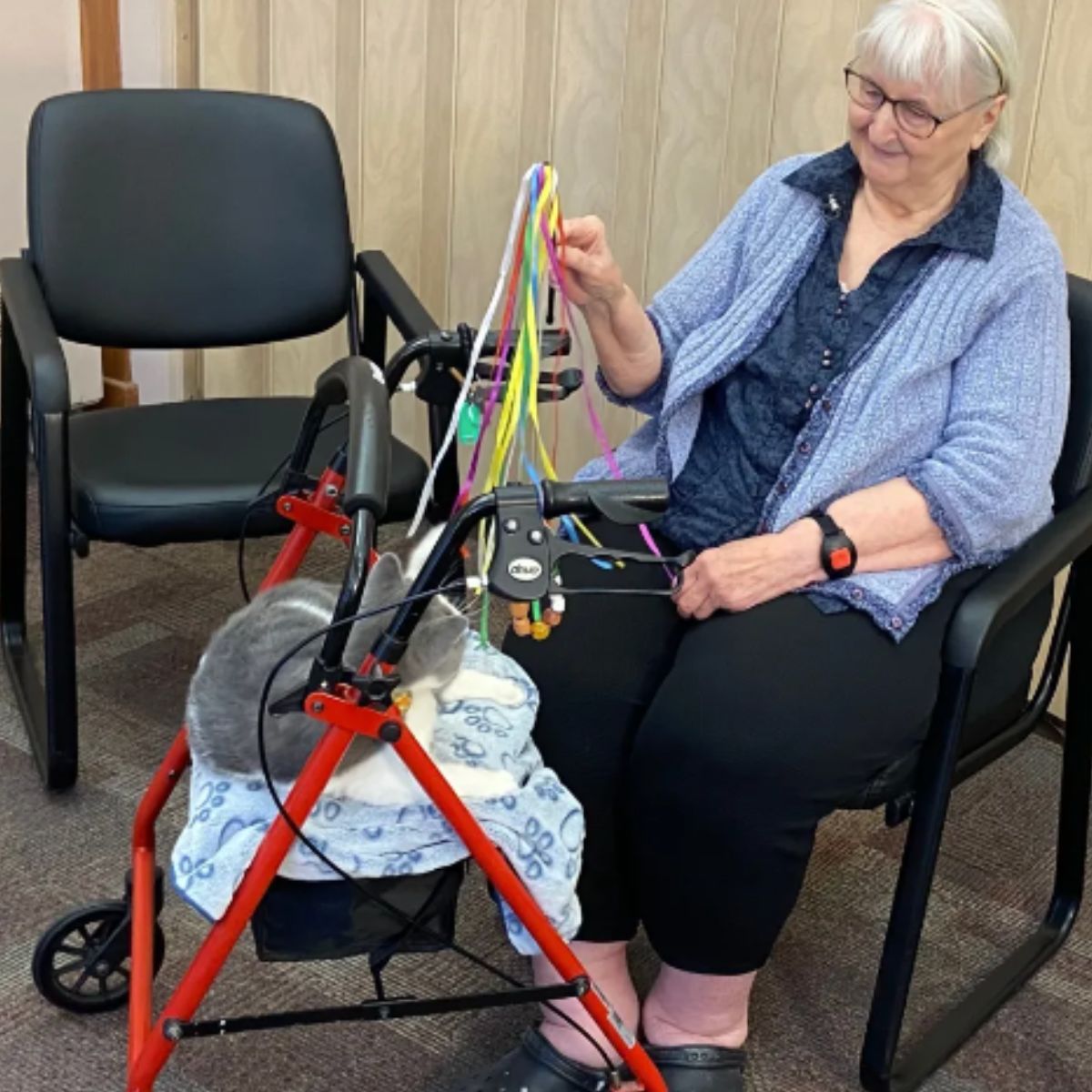
Then there’s Dr. Bob, an all-white cat who is deaf but doesn’t let it slow him down. He’s part of a program that supports men in sober living, and his presence has had a remarkable effect.
His calm, steady nature creates a sense of safety and acceptance, something many of the men find deeply healing.
Wilson, another therapy cat, works with women in safe, sober housing. His affectionate personality has been a steady source of comfort for residents who are trying to rebuild their lives.
Both Dr. Bob and Wilson show that healing doesn’t always come in the form of words, it often comes through presence, touch, and quiet companionship.
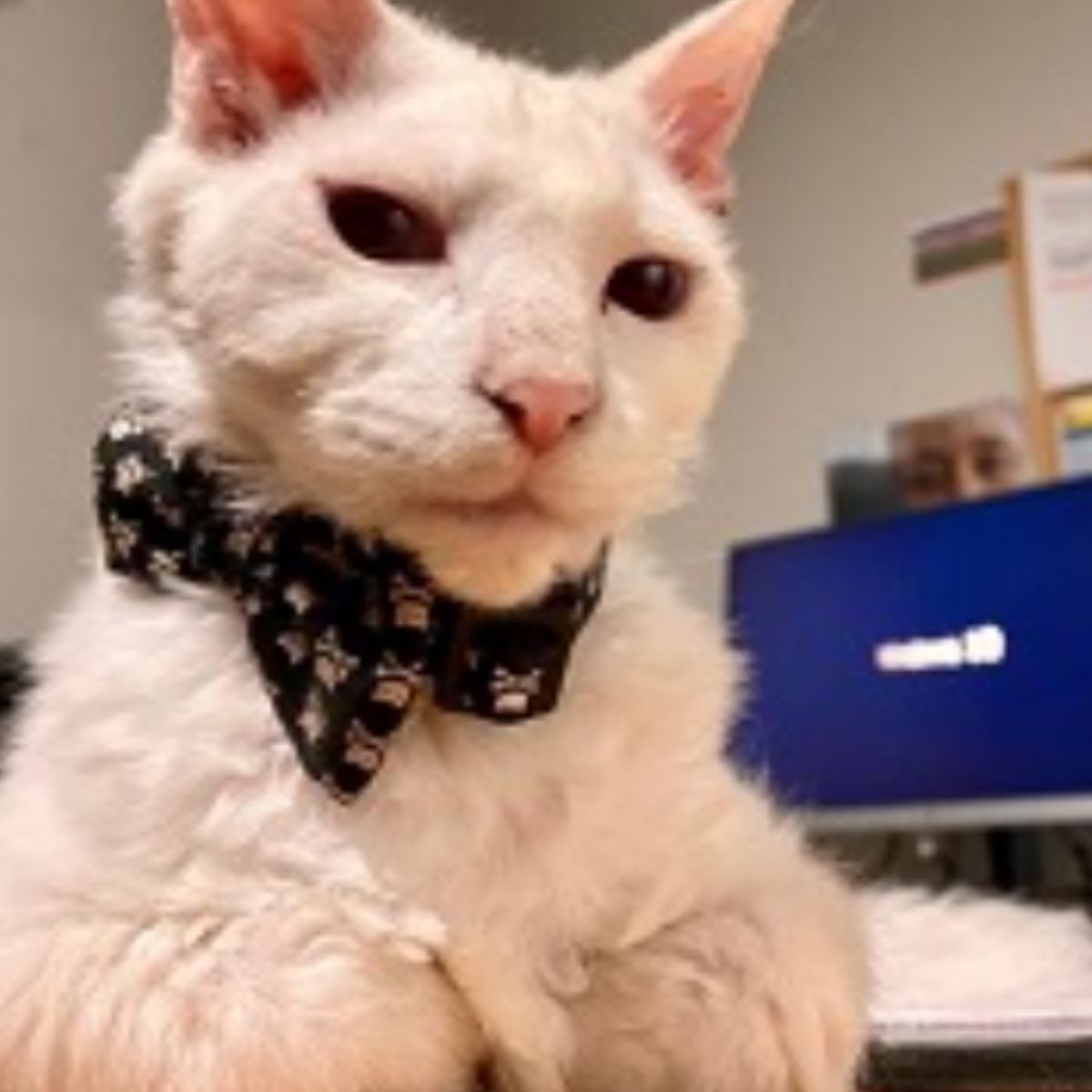
The impact of these cats has been profound. Residents who used to keep to themselves are joining activities.
People who rarely left their rooms now come out to spend time with the cats. As COF’s assistant executive director Vanessa Sim explained:
“We’ve seen some significant changes in some of the behaviors of our participants. It has been an amazing experience to see people come out of their norm.”
Even staff members are moved by what they’ve seen. Vanessa shared one story in particular that stood out:
“One of our participants, who is nonverbal and quite antisocial, was holding the cat and posing for pictures the other day. It was a bit miraculous, honestly. We had never seen such engagement from her in all the years that she has been there.”

For this California community, therapy cats are more than just comforting companions. They’ve become catalysts for positive change, breaking down walls of isolation and building bridges of connection.
As the program grows, Leroy, Freddie, Wilson, and Dr. Bob continue to bring joy, healing, and hope to residents who need it most.
Their purrs, cuddles, and unconditional love are proof that sometimes, the smallest acts of kindness, like the gentle presence of a cat, can make the biggest difference.



